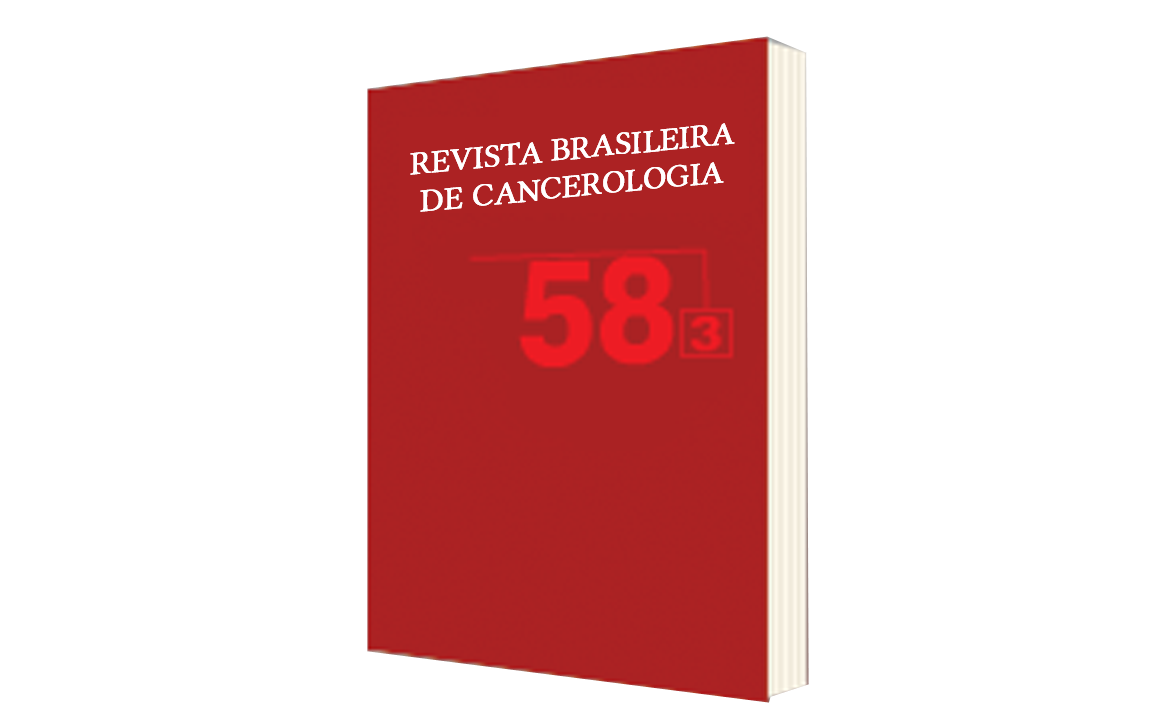Descriptive Analysis of the Profile of Cytopathologic Cervical Exams Carried out in Indigenous and Non-Indigenous Women in Brazil, 2008-2011
DOI:
https://doi.org/10.32635/2176-9745.RBC.2012v58n3.603Keywords:
Uterine Cervical Neoplasms, Indigenous Population, Information Systems, Vaginal SmearsAbstract
Introduction: There are 408.056 indigenous women in Brazil. This population is more vulnerable to disorders of great magnitude, including cervical cancer. However, there are few studies about this subject among indigenous women. Objective: To describe the profile of Pap smears performed in the Brazilian indigenous population compared to nonindigenous. Method: Frequency and proportions descriptive analysis of Pap smears performed among indigenous and non-indigenous women, by region and in the period 2008-2011, registered in the Brazilian Information System for Cervical cancer (SISCOLO ). Results: Between 2008 and 2010, 8% of Pap smears performed in Brazil registered the information of color/race and in 2011this proportion increased to 12.4%. In indigenous and non-indigenous women, 11.964 and 3.738.707 satisfactory tests were performed, respectively; 1% and 1.2% of tests were considered unsatisfactory; 74.9% and 77.2% of exams were performed between 25 and 64 years; 20% and 17.5% of tests were done in women under 25 years; 83.4% and 76.5% of exams were made within 1 to 2 years; 2.1% and 2.9% of tests were positive. The high-grade lesion/invasive cervical cancer ratio increased from 11.5 in 2009 to 16.1 in 2011 in non-indigenous women and from 1.7 to 5.0 among indigenous women. Conclusion: These data show how important this subject is for indigenous women, suggest lack of access to cervical screening for this group and highlight the need of improvement of color/race information in SISCOLO .









